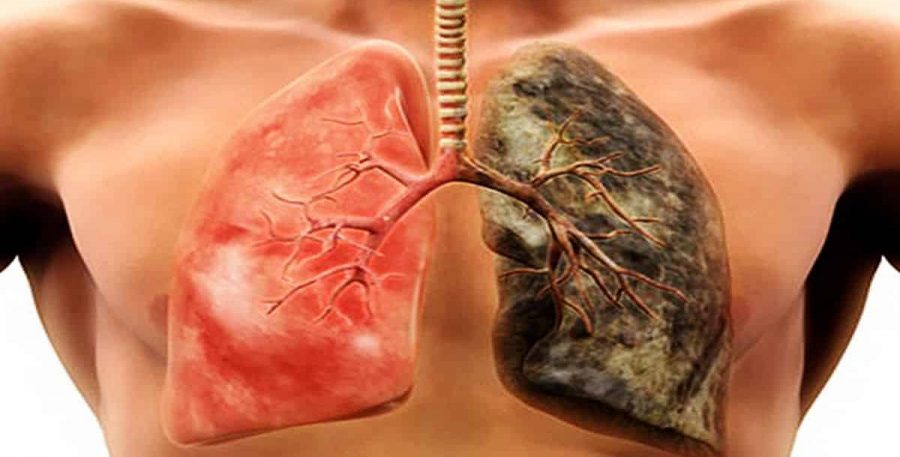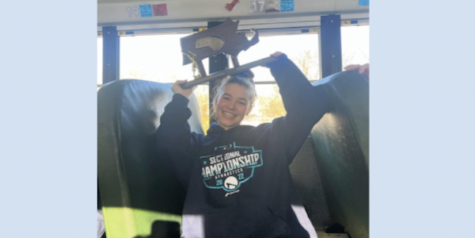“Escape the Vape” – Addicted High-Schoolers
Many high school students are addicted to vape which can lead to fatal situations.
E – Cigarettes effect on lungs, on right. Compared to a healthy lung, on left, the lung effected by vaping has disease.
January 1, 2020
The recent plan that baned flavored electronic cigarettes had the goal of ending the youth vaping epidemic. Though also many adults use e-cigarettes, the bigger issue is the amount of underage, developing kids who are under the spell of vape and nicotine.
Besides nicotine, e-cigarettes can contain harmful and potentially harmful ingredients, including:
– ultra-fine particles that can be inhaled deep into the lungs.
– flavorants such as diacetyl, a chemical linked to serious lung disease.
– volatile organic compounds.
– heavy metals, such as nickel, tin, and lead.
Real-Life Problems – student at FHS shares their story
Though some can argue that not many teens who vape are addicted, “I didn’t realize how bad my problem was until I stopped” says current high schooler who used to vape and now getting professional help. “If I could go back in time and stop myself I would”, they wish they weren’t involved in bad circles of friends and wished their friends didn’t get them hooked. “I was assigned to make a poster to encourage kids to stop vaping, escape the vape was my creative poster title…If only I also listened” Though they made bad decisions in their life, they believed anyone can stop and get help…even if the person isn’t addicted
“They start for the flavors, and they continue because of the nicotine.”
“The problem we’ll have is the youth who are already addicted. Are they going to move to other products? Are they going to use tobacco-flavored products? We really don’t know,” said Bonnie Halpern-Felsher, a professor and expert in teen vaping at Stanford University.
The Department of Health and Human Services reported that more than a quarter of high school students in 2019 admitted to using e-cigarettes, and the majority cited the fruity and minty flavors. Halpern-Felsher told NBC News at least a third of kids who vape use minty flavors.
Easier Said Than Done – how can teens get help
The ban was intended to stop future generations from getting addicted to this substance, but how do the kids who are already addicted get help. There are no nicotine replacement therapies approved by the FDA for kids under age 18, though some doctors do prescribe them off-label. Organizations are starting to implement programs designed to get kids off nicotine. Truth Initiative, a nonprofit organization that advocates for tobacco cessation, has set up an anonymous e-cigarette cessation program. So far, 50,000 teens and young adults have enrolled, there are also numbers to call such as SAMHSA’s National Helpline.
From 2017 to 2018, the CDC reported e-cigarette use among high school students rose 78 percent.
By 2019, 3.6 million kids under age 17 were using e-cigarettes, according to the FDA.
Overall, whether high schoolers have used vape out of curiosity or peer pressure, they should get help immediately and treat the threat before it becomes even worse, such as lung diseases, cancer or even death.















